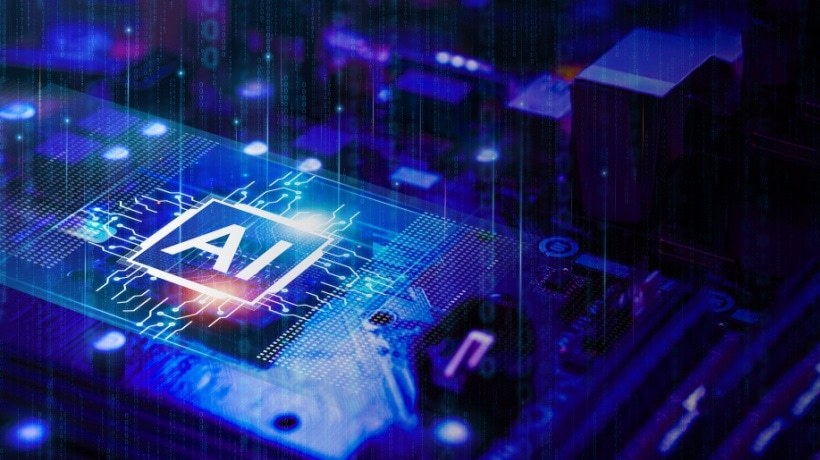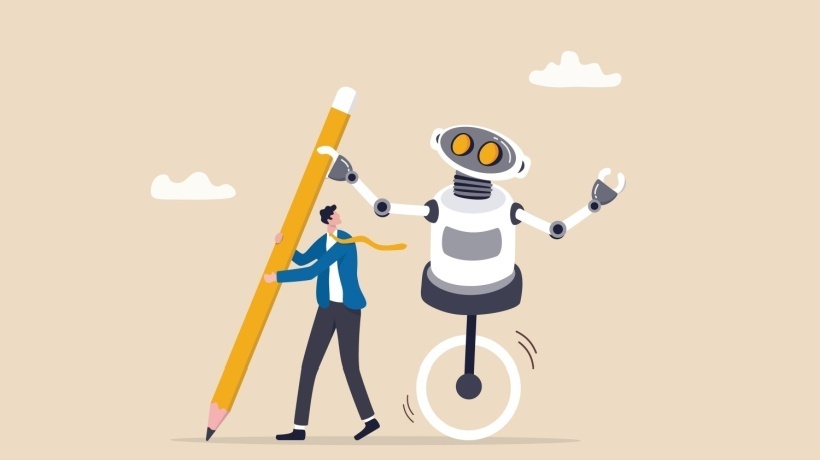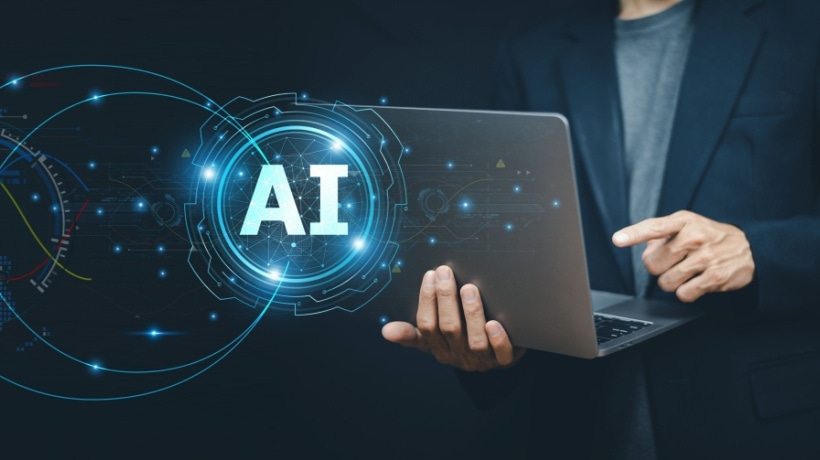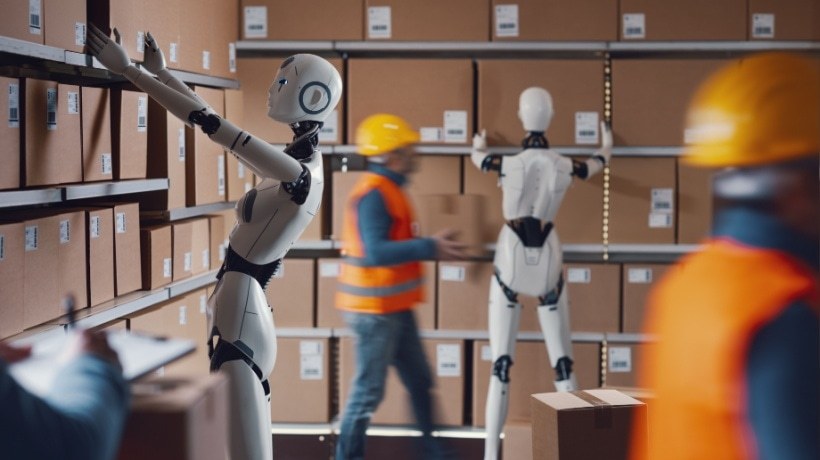AI And Automation: It's Not Coming. It's Quietly Already Here.
While headlines still frame AI and automation as "emerging," behind the scenes, corporations are already replacing humans at a massive scale—without a grand announcement, without public debate, and often, without employees realizing until it's too late. This isn't a prediction. It's a real-time labor displacement strategy playing out across global supply chains, stores, warehouses, and offices.
Behind Closed Doors: The Companies Already Replacing Workers With AI And Automation
Retail And Distribution
Amazon
- Since 2021, Amazon has laid off over 100,000 workers.
- In parallel, it's deployed over 750,000 robots to streamline warehouse operations.
- New "robotic fulfillment centers" operate with 1000 workers instead of 3000—a 60% cut in human labor per site.
- As these centers scale, the shift from human to machine becomes systemic.
Kroger, Walmart, And Save Mart
- Investing heavily in "dark stores"—automated shopping hubs with no customer presence and minimal staff.
- Orders are fulfilled by robotic arms and AI-driven picking systems.
- These aren't pilots—they're becoming part of the default supply chain model for modern retail logistics.
Manufacturing And Industrial AI Automation
Foxconn
- Apple's primary supplier removed 60,000 human roles in a single factory, replacing them with AI-guided robotics.
- No productivity dip occurred—in fact, output increased, revealing the scalability of machine-only production.
Dongguan City, China
- A factory reduced its workforce from 650 to 60 people—a 90% human job cut—and tripled production.
These aren't isolated incidents. This is industrial restructuring at global scale, driven not by AI fear—but by efficiency, uptime, and Return On Investment.
Transport And Logistics
- Self-driving trucks are being quietly tested across U.S. highways.
- The American trucking industry employs 3.6 million drivers. AI firms forecast 4 million jobs lost by 2030.
- These autonomous systems aren't just navigating roads—they're being trained to do the full stack: routing, fuel management, and delivery confirmation.
Office And Administrative Roles
IBM
- Froze hiring for 7800 back-office roles—publicly stating plans to replace them with AI.
- These roles included admin, reporting, approvals—once considered stable mid-level office work.
Law Firms
- One firm equipped 3500 lawyers with AI tools that could draft contracts, review case law, and write memos.
- The result? A reduction in need for junior associates—and acceleration in case prep by over 60%.
Why This Is Happening Now
AI Is Now Good Enough To Replace People
It can:
- Navigate large codebases.
- Generate marketing copy.
- Write and analyze contracts.
- Pick products from shelves.
- Drive across states.
- Diagnose X-rays.
- And more—with 24/7 reliability and no overhead.
Cost Pressure > Headcount
Companies aren't framing this as layoffs. They're calling it:
- Operational optimization.
- AI transformation.
- Scaling efficiency.
But the result is the same: fewer people. More machines. Lower cost.
This Isn't Just About The Jobs Being Lost—It's About The Jobs That Are Disappearing Silently
Unlike past automation waves, this one affects:
- White-collar mid-levels (legal, admin, software)
- Blue-collar frontlines (retail, warehouse, transport)
- And soon, even medical diagnostics and creative roles.
What makes this dangerous is that it's:
- Unannounced.
- Fragmented.
- Incredibly fast.
So What Should Organizations And Workers Do?
Here's the path forward—because while AI can be disruptive, it can also be empowering, if we move with clarity and purpose.
For Organizations
- Conduct task-level AI audits
What roles are being eroded? What new value-adding roles must emerge? - Reskill your core workforce
Especially those in mid-career roles. Teach them AI orchestration, systems thinking, and hybrid oversight. - Create human-AI hybrid models
Don't aim to replace people—aim to elevate them with AI assistance. - Establish governance before chaos
Use AI councils to track deployment impact, ethics, and performance.
For Workers
- Don't hide from AI—master it
Learn how to prompt, direct, and oversee AI tools. AI-literate professionals are in massive demand. - Shift from execution to strategy
AI is taking over the "how." Your value lies in the "why" and the "what next." - Pick durable skillsets
- Systems design.
- Cross-functional problem-solving.
- Communication, ethics, change navigation.
Final Word: From Panic To Power
Yes—AI is replacing jobs. But the real danger isn't just that AI is accelerating. It's that too many people still think they're safe because no one's told them otherwise. This article is your warning. But more importantly—it's your rallying cry. You are not helpless. You are not obsolete. But you do need to move. Now. Because AI isn't waiting for anyone. And the smartest companies and professionals? They're already building what comes next.









